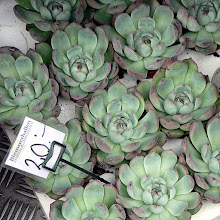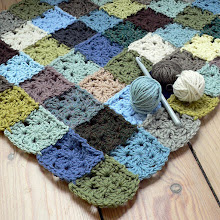
On Monday I returned from spending six days alone in New York City, where, for reasons too complicated to enter into, I stayed in my ex-husband's apartment near Times Square, partly packing boxes and sorting out paperwork, and partly exploring the wonders of Manhattan.
This was my first ever trip to New York, but it was a little bit like visiting somewhere I'd been in a dream: despite the fact that I watch hardly any telly or film, almost everywhere was recognisable either visually or by name. Quite strange.
There was quite a lot of weather during my stay, and if I wasn't drowning, I was being blown along sideways, shaking the snowflakes out of my hair, or shivering, comedy style. Central Park looked beautiful with its light white dusting.
The concept of indoors suddenly became rather attractive, and that was easy enough with the vast assortment of museums, galleries and exhibitions on offer. I spent a very happy hour filling my notebook with scribbles and sketches here...

...and the highlight of my trip was meeting the beautiful, stylish, and very lovely
Frances of blogging fame, with whom I visited the marvellous Metropolitan Museum of Art to see their brand new Pierre Bonnard exhibition. I knew very little of Bonnard but was mesmerised by the delicate beauty and magic of his work. I was then treated to a surprise visit to the
New York Society Library, a secret gem just off Fifth Avenue, which was beautiful enough on its own but just perfect for a curious library assistant like me.
But it wasn't all about culture. There was
plenty of eating, and I'm pleased to be able to report that Manhattan provides generously (and beautifully) for the gluten-free muncher...

Having discovered the brilliant bus system, I spent many happy hours bobbing around the city sightseeing, and especially loved the Upper West Side, where I spent some of my holiday dollars at
Knitty City, and strolled the elegant and very desirable streets. I also had to pop into
Purl, of course, which is an absolute must if you are visiting.
On the last day I took a bus all the way to Battery Park at the southern tip of the island, skirting the strange, empty space that is Ground Zero, and ending up with a brilliant free trip zipping across the water on this...

But oddly, perhaps the best experience of the whole visit was not in New York at all, but seen from the window of the plane at an altitude of 40,000ft... the icy sea off the coast of Canada, and its silent, wild, ice-bound shore and beautiful forests, illuminated by a brilliant, soft sun. Magic.

 I have been enjoying your comments so much and started to feel sad that only one of you could win, so I've decided to pick not one but three names from the hat on Sunday, and the two 'runners up' will be able to choose anything they like from the Mouse Shop!
I have been enjoying your comments so much and started to feel sad that only one of you could win, so I've decided to pick not one but three names from the hat on Sunday, and the two 'runners up' will be able to choose anything they like from the Mouse Shop!






















.jpg)


















